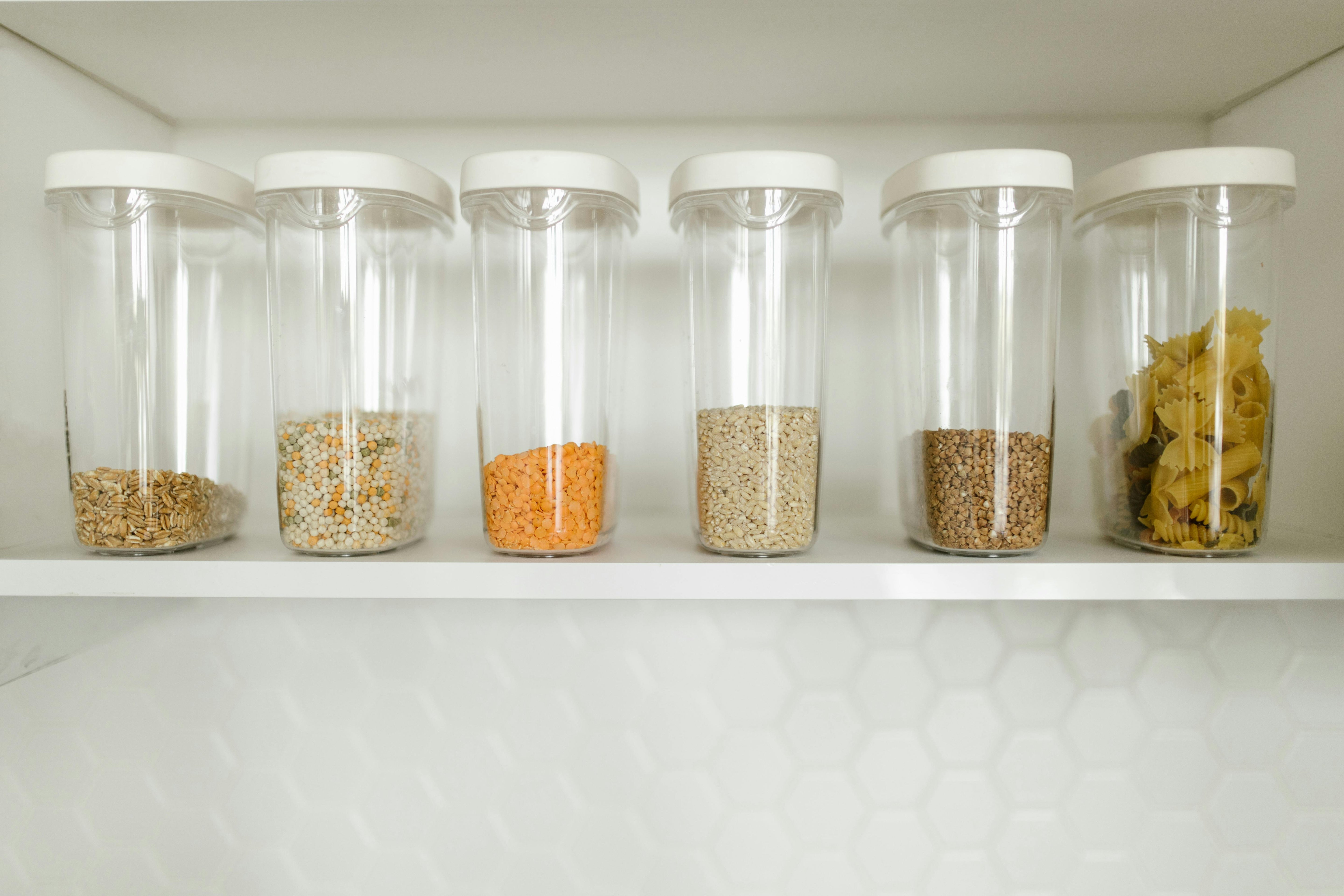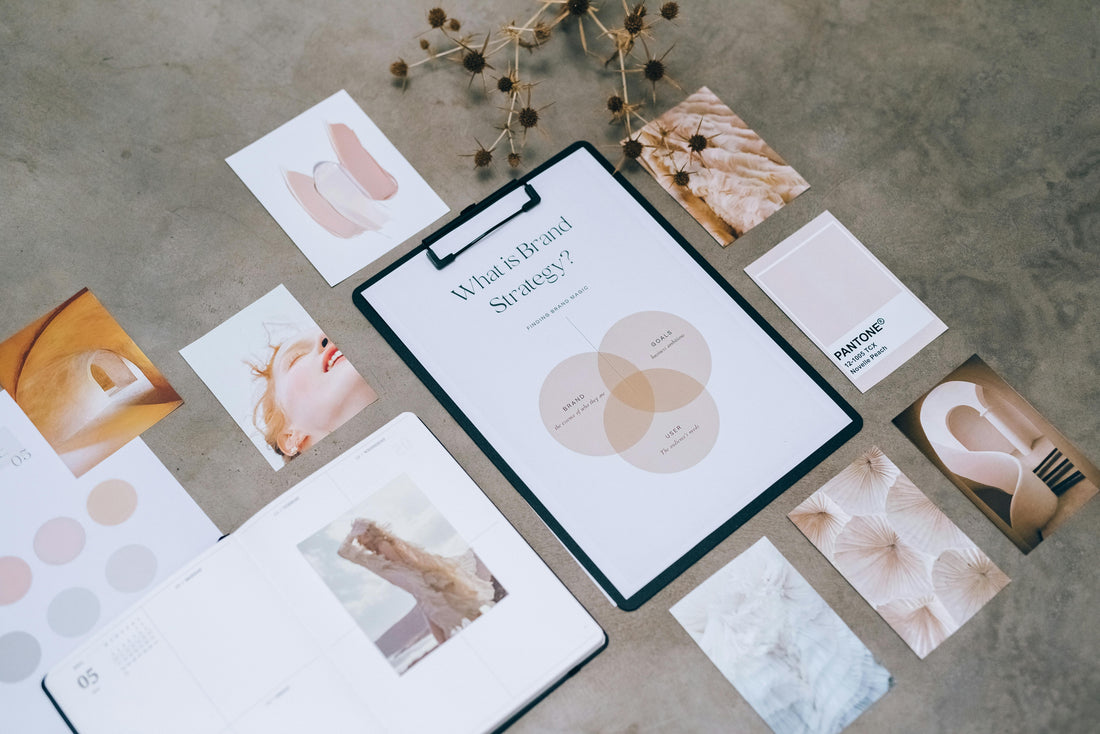A clutter-free environment has a direct impact on mental clarity and overall well-being. A tidy, well-organized space can help boost your focus, ease stress, and create a more visually appealing home. Removing unnecessary items can also make daily routines smoother, as finding essential objects becomes more manageable. Additionally, decluttering helps maximize available space, making a home feel more open and comfortable. Living in a simplified, clutter-free environment can make it easier to stay productive while giving you a greater sense of control over your surroundings.
However, tackling the decluttering process can sometimes feel intimidating. Many people struggle with emotional attachments to items, worry about wasting things, or simply do not know where to start. The sheer volume of belongings can discourage progress, leading to frustration and inaction. Without a clear plan, sorting through personal possessions becomes daunting, making it easy to put off the task indefinitely.
This article outlines simple strategies that can make decluttering manageable and rewarding. Whether tackling one room at a time or adopting a systematic approach, these tips will help simplify the process and create a more organized living space.

1. Evaluate What You Actually Use
The first step in decluttering is determining what serves a purpose. Start by categorizing items into groups based on frequency of use. A helpful strategy is the "one-year rule." If you haven’t reached for an item in over a year, chances are it’s something you can let go of. Another method is the "box test," where items are placed in a box, and only those retrieved over a set period are kept.
Using stickers and roll labels can make sorting more efficient. Labeling boxes as "keep," "donate," or "discard" provides a visual guide to staying on track. These indicators reduce hesitation and prevent unnecessary back-and-forth decisions. You should also consider using color-coded stickers to distinguish different categories, making the process smoother.
2. Get Help From Friends or Family
Having the proper support can make decluttering more manageable and effective. Friends or family members provide an objective perspective, helping to decide what is essential and what can go. Their encouragement also makes the process more enjoyable and keeps motivation high.
To streamline communication, consider using magnets and labels to mark items that need sorting. This approach ensures everyone involved understands what to do with each item. It also minimizes confusion and speeds up the decluttering process. An extra set of hands can also make lifting and moving items easier, reducing the physical strain of organizing.

3. Find a “Home” for Each Item
An effective organization system assigns a designated spot for every item. When each object has a clear home, clutter is less likely to accumulate. Using storage options like bins, baskets, or shelves can make it easier to keep things neat and organized.
Using decals and die cut stickers to label storage areas makes locating and returning items much more effortless. This method also prevents misplacement and reinforces good habits. Organizing storage spaces by category, such as kitchenware, office supplies, and clothing, also ensures that everything has a logical place.
4. Fill a Trash Bag With Items for Donation
One of the easiest yet most effective ways to declutter is by filling a trash bag with donation items. Set a goal to remove clothing, household goods, or other unused items. Donating to charities or local shelters benefits others while creating more open space at home.
Keep a donation bag in a designated spot and add items over time to make the process more efficient. This habit ensures clutter does not build up again. You should also research local charities that accept specific items, such as furniture, books, or children’s toys, to maximize your donations.
5. Make Achievable To-Do Lists
Decluttering an entire home at once is unrealistic. Breaking the task down into smaller, achievable steps makes it feel more doable and helps you see progress along the way. It's best to create a to-do list with specific actions, such as "clean one closet" or "sort through kitchen drawers."
You must also prioritize tasks based on urgency and difficulty. Crossing off tasks as you finish them gives you a real sense of achievement and pushes you to keep going. If you struggle with motivation, setting rewards like taking a coffee break after finishing a section can keep the momentum going.
6. Regularly Schedule Time for Decluttering
Staying consistent is crucial for keeping your space clutter-free. Setting aside regular time each week or month to tidy up helps stop things from piling up. Treat decluttering as a routine, similar to cleaning or laundry.
Setting reminders or alarms helps you stay accountable. Even dedicating just 15 minutes a day can lead to significant progress over time. Incorporating decluttering into daily habits, such as organizing mail right after bringing it inside, keeps messes from accumulating.
7. Second-Guess Purchases
Preventing clutter starts with mindful shopping. Before making a new purchase, take a moment to ask yourself if it’s really needed. Think about whether it will serve a practical purpose or just add to the clutter you’re trying to avoid.
One helpful tactic is the "24-hour rule." Wait a day before making a purchase. This cooling-off period helps determine if the item is essential or an impulse buy. Limiting unnecessary acquisitions reduces clutter in the long run. Additionally, practicing a "one in, one out" policy, where you donate or discard an old item for every new one purchased, prevents unnecessary accumulation.
8. Use Wall and Ceiling Space
Maximizing vertical space is another excellent way to reduce clutter. Wall-mounted shelves, pegboards, and hanging organizers are great ways to add storage while keeping your floors clear and open. Hooks and racks keep frequently used items accessible while maintaining tidiness.
Using underutilized areas, such as behind doors or under furniture, also increases storage options. Thoughtful placement of items ensures an organized and spacious environment. Furniture that does double duty, like ottomans with storage or beds with drawers, can help maximize your space.

9. Try the 12-12-12 Challenge
The 12-12-12 challenge is a simple method for decluttering. Identify 12 items to throw away, 12 to donate, and 12 to return to their proper place. This structured approach encourages decision-making and progress.
To stay organized, use circle roll labels to mark categories or designate where items belong. Having a clear system prevents second-guessing and speeds up the sorting process. This challenge can also be turned into a game by involving family members to see who can complete it the fastest.
10. Stay Motivated With Before and After Photos
Seeing tangible results keeps motivation high. Try snapping before-and-after photos of your decluttered spaces to see how far you've come. Comparing the transformation reinforces the benefits of minimalism and encourages continued efforts.
Sharing photos with friends or on social media adds accountability. Documenting success provides inspiration and a sense of achievement, making it easier to maintain an organized home. Looking back at progress serves as a reminder of how far you’ve come and helps sustain long-term habits.
Decluttering is a continuous journey that takes dedication and a steady effort. Small, deliberate actions significantly improve organization and peace of mind. Implementing these strategies makes simplifying a home achievable and rewarding. The result is a more functional, stress-free space that promotes a sense of calm and clarity.



